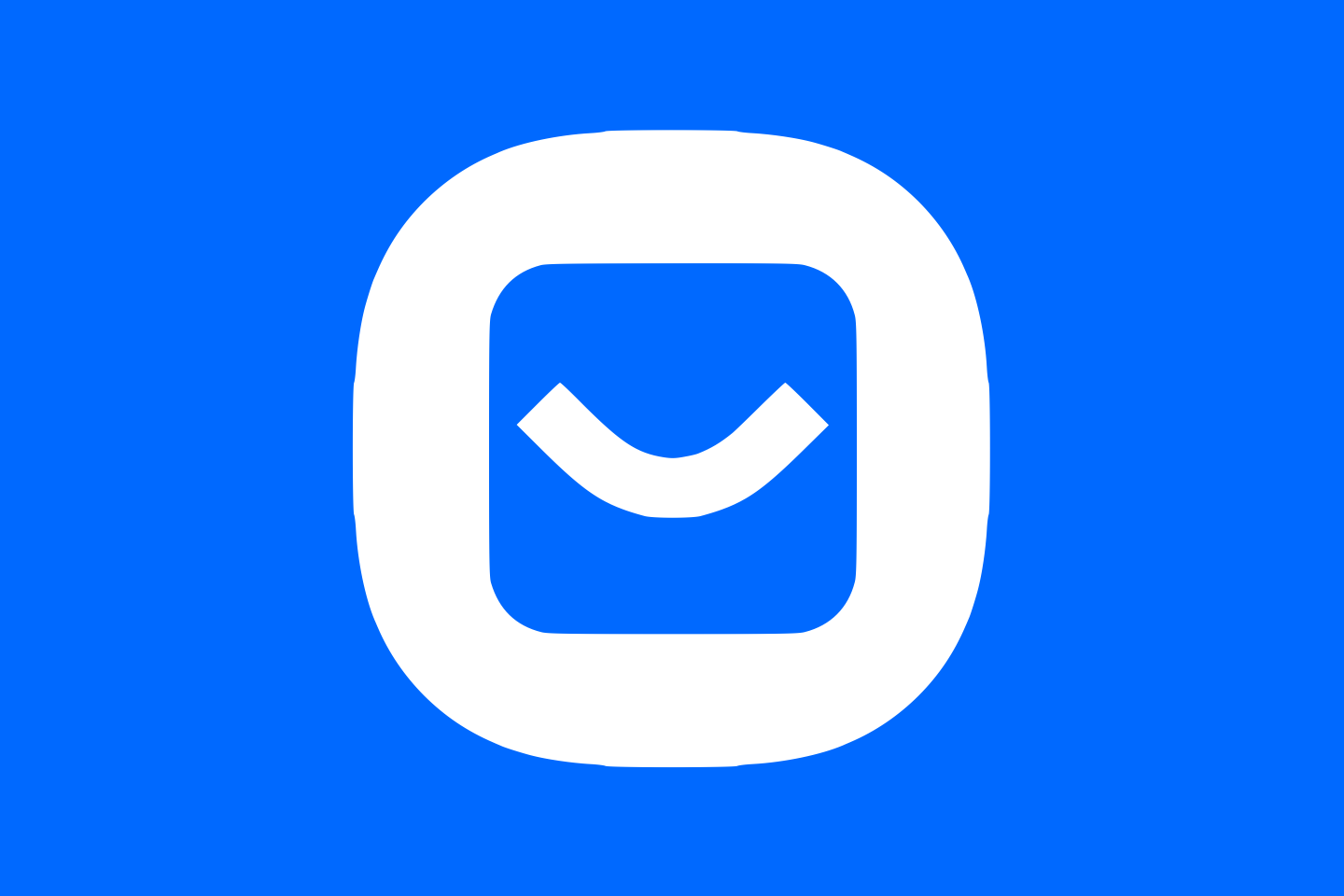24/5/2024
Buttondown: Newsletter software for people like you and me

Like many digital entrepreneurs, Justin Duke thought he could create a better newsletter service than TinyLetter, the one used to send news to friends and family.
In 2016, driven by the continual shortcomings of TinyLetter, which by then was already owned (and forgotten) by Mailchimp, Justin launched Buttondown.
Originally crafted for personal use, a year later Buttondown became a service available to others. This transition was prompted by requests from others who had seen screenshots and comments about the product that Justin shared on Twitter.
In an email conversation, Justin mentioned that “the dirty secret” of the industry is that all newsletter or email tools do 80% of what people expect from them—composing and sending emails, managing subscriptions, etc. The differentiation lies in that last 20%.
“For Buttondown, the 20% we care about is the small stuff”, he explained. “Buttondown doesn’t work well if you’re an e-commerce platform sending to 200,000 subscribers daily, requiring many coupons and plugins. However, we focus on ease of use and the ability to concentrate on writing or your business without fussing around with yet another tool, ideal for single authors or small teams.”
The appeal of Buttondown is readily apparent.
The disparity with other solutions on the market is evident, but the gap has narrowed over the years. Buttondown has incorporated advanced features, such as automations and integrations with third-party applications.
I inquired how Justin manages user requests and needs while steering clear of “feature-creeping” the product.
 “There are two tactical answers and one strategic answer”, he replied. The first tactical approach involves heavily relying on the Buttondown API and integrations. “This approach allows users with a long tail of feature requests to use the provided tools and ‘Lego blocks’ to build what they need if it’s important to them.”
“There are two tactical answers and one strategic answer”, he replied. The first tactical approach involves heavily relying on the Buttondown API and integrations. “This approach allows users with a long tail of feature requests to use the provided tools and ‘Lego blocks’ to build what they need if it’s important to them.”
The other tactical approach lies in optional enhancements, which are disabled by default. Features like paid subscriptions, surveys, and sponsorship support can be ignored, effectively making them non-existent. “This is crucial for maintaining a clean user interface.”
As for the strategic aspect, “our focus is on maintaining the median user experience, as edge cases can accumulate over time, leading to numerous specific demands”. To ascertain who the “median users” of Buttondown are and what they want, Justin devotes significant time to refining the core aspects of the service (sending emails, managing subscriptions, and the web archive) with new users.
“By spending time with these folks, I am motivated to invest in areas where incremental improvements benefit all Buttondown users, not just a few edge cases.”
***
In the initial five years of Buttondown, Justin divided his attention between the service and a position at Stripe, one of the most prominent payment startups in the United States.
In 2022, he departed from Stripe to concentrate on Buttondown. This shift was accompanied, later on, by the recruitment of personnel for the startup, which until then had been solely operated by him. Presently, a team of six or seven individuals, both part-time and full-time, work there.
I asked how was the decision to expand a “one-man undertaking” to a company with employees.
Justin vividly recollected this moment. It had been a year since he had departed from Stripe. “The business was thriving and growing, but as often happens in SaaS, success brought more stress than revenue.”
The situation reached a tipping point, and he found himself confronted with a dilemma: either drastically alter the nature of Buttondown or hire personnel.
“I started simply, with just a single customer engineer to alleviate some of the daily burdens. This decision turned out to be incredibly beneficial. It’s rare in business to find a situation where improvements make both your life and your customers’ lives better—usually, what’s best for the employer is at odds with what’s best for the user.”
***
Despite numerous changes, Buttondown’s defining feature—its exceptional customer support—remains unchanged.
Justin is highly responsive via email, and he is always available on the Discord server and in the repositories of projects related to Buttondown that he maintains on GitHub.
“In Buttondown’s early days, I was very grateful for the community’s feedback and their help in spreading the word about Buttondown, as we didn’t have a marketing budget. Now, it’s more about upholding the contract I have with users, which is built on trust. Users trust our software with something very important to them, and part of that trust is bidirectional. You should be able to reach out to me or someone on our team if you need help, have questions, or have concerns. I believe this level of visibility and transparency should not be the exception; it should be the norm.”